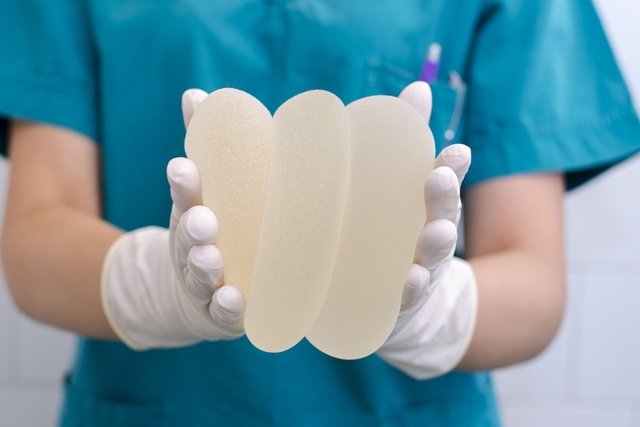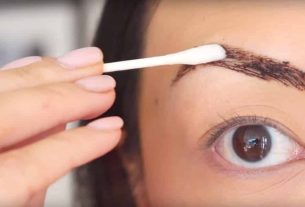Surgery to place a silicone prosthesis in the buttocks presents risks like any other surgery, but when the procedure is carried out in a safe place such as a clinic or hospital by a specialized team with well-trained surgeons, these risks can be reduced.
The placement of a silicone prosthesis in the buttocks is one of the most common in Brazil, but incidents such as:

1. Pulmonary embolism
An embolism occurs when a clot of blood or fat, for example, travels through the bloodstream and reaches the lungs, blocking the passage of air. Find out what the Symptoms of Pulmonary Embolism are.
2. Infection
Local infection can arise if the material is not properly sterilized or if carelessness is made during surgery. This risk is reduced when surgery is performed in a suitable environment, such as a clinic or hospital.
3. Rejection of the prosthesis
There is still a risk of rejection of the prosthesis, but this occurs in less than 7% of individuals, although in this case it is necessary to remove the prosthesis to solve the problem.
4. Opening the stitches
To place a prosthesis in the buttocks, cuts are made in the skin and muscle, and in this case the stitches may open, which is a more common situation and needs to be treated with the use of devices specific to functional dermatological physiotherapy or surgical repair. . However, it is common for the area to become white and scarred. This opening is more common when liquid is formed.
5. Formation of liquid accumulation
As with any surgery, there may also be an accumulation of fluid in the buttocks, forming a higher region filled with fluid, scientifically called a seroma. The most common thing is that it is just liquid, without pus, which can be easily drained with a syringe by the doctor or nurse.
This liquid is more easily formed when silicone placement surgery and liposuction of the back and sides of the body are performed at the same time, so that the result is more harmonious, and therefore it is not recommended to perform gluteoplasty together with liposuction. .
6. Glute asymmetry
Depending on how the silicone is implanted in the buttocks, one side may look different from the other, which can be observed with the muscles relaxed, or more frequently, with the glutes contracted. Reducing this risk depends on the surgeon’s experience and to solve this problem it may be necessary to correct it with another surgery.
7. Fibrosis
Fibrosis is a common complication after plastic surgery, which causes small ‘lumps’ to form beneath the skin, which can be easily seen when the person is standing or lying down. To eliminate it, you can resort to dermato-functional physiotherapy, which uses specific devices to eliminate these points of fibrosis, such as
8. Prosthetic contracture
Especially when the silicone is placed under the skin and over the muscle, the body may react by forming a capsule that surrounds the entire prosthesis, which allows it to be moved by anyone, even turning the silicone prosthesis or moving it. it to the sides or downwards. To reduce this risk, it is best to choose another technique where the silicone is placed inside the muscle and talk about it with your doctor.
9. Sciatic nerve compression
Sometimes the sciatic nerve, which runs from the end of the spine to the heel, can be compressed, causing intense back pain with a burning sensation or inability to move. In this case, the doctor must evaluate to see how the nerve can be decompressed, but to improve symptoms he may recommend cortisone injections, for example.

Sign up for our newsletter and stay up to date with exclusive news
that can transform your routine!
Warning: Undefined array key "title" in /home/storelat/public_html/wp-content/plugins/link-whisper-premium/templates/frontend/related-posts.php on line 12
Warning: Undefined array key "title_tag" in /home/storelat/public_html/wp-content/plugins/link-whisper-premium/templates/frontend/related-posts.php on line 13



